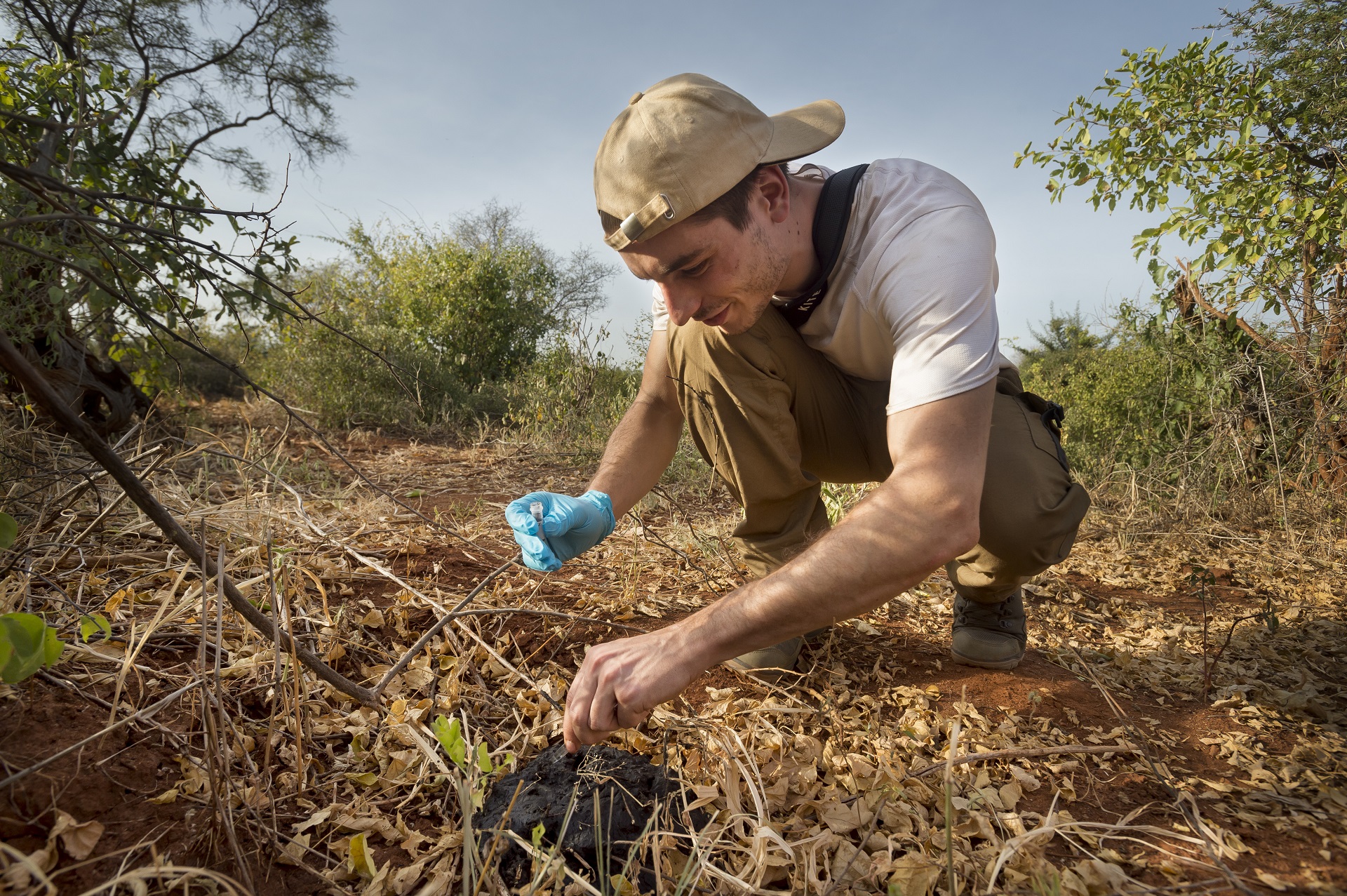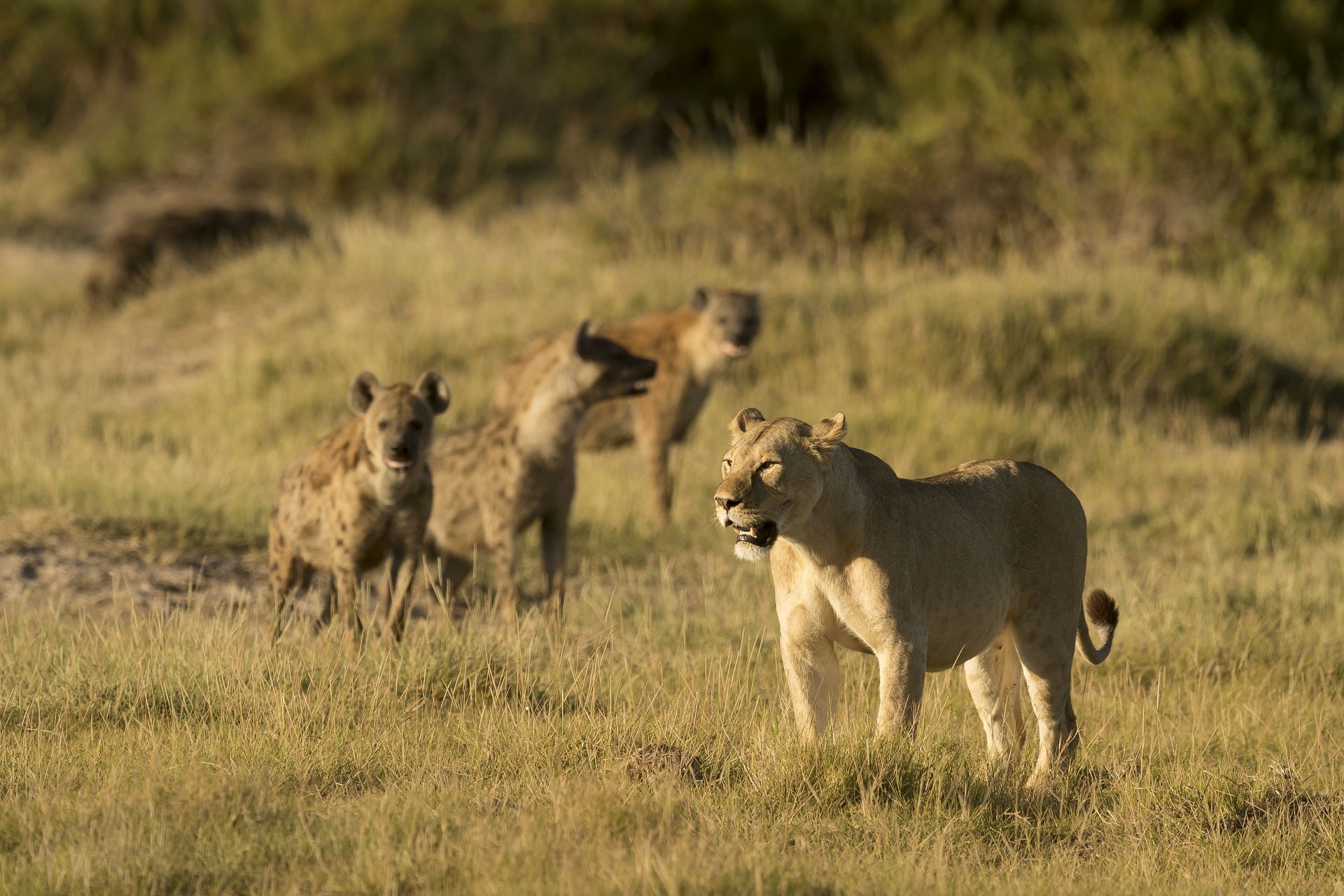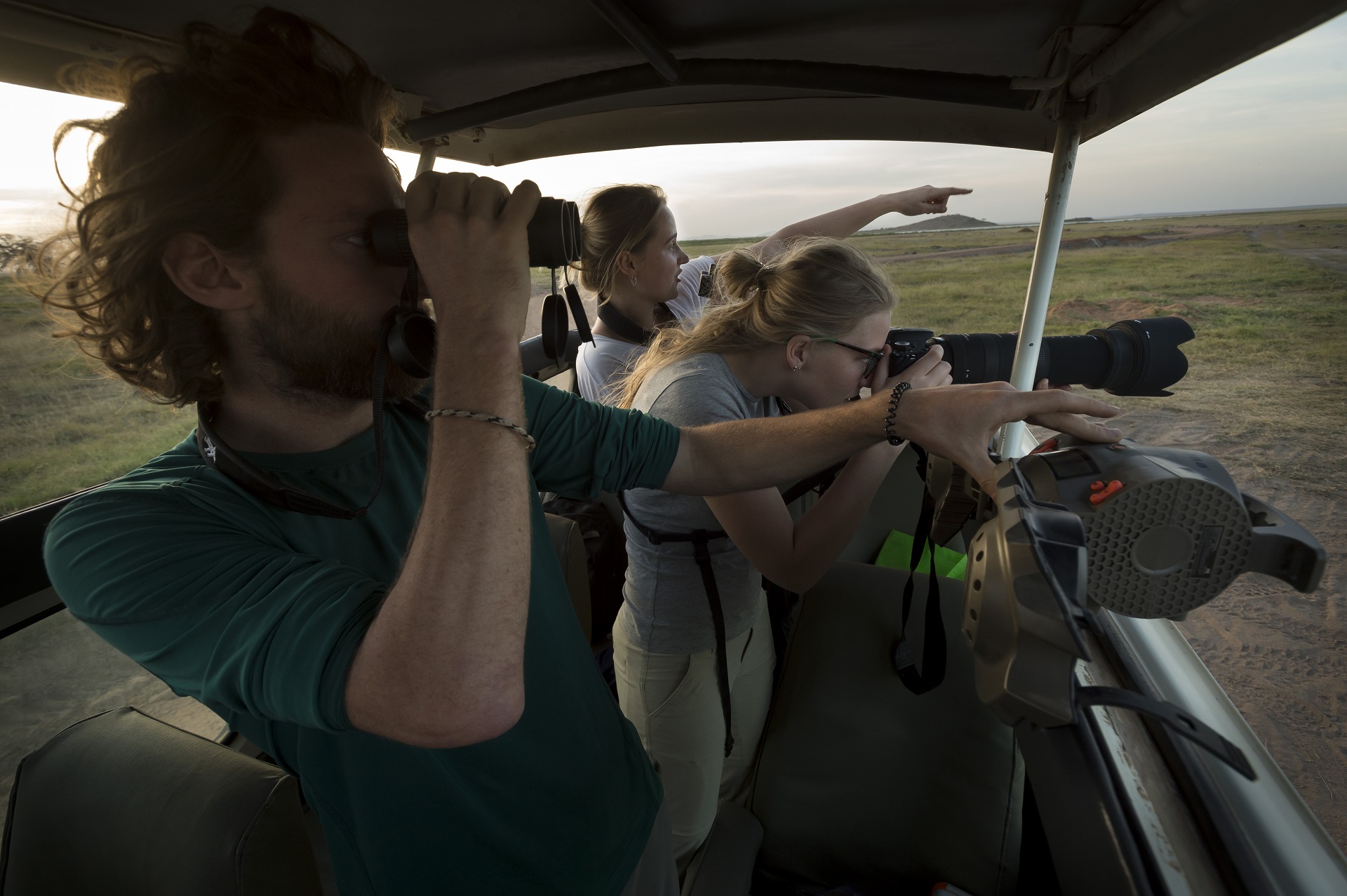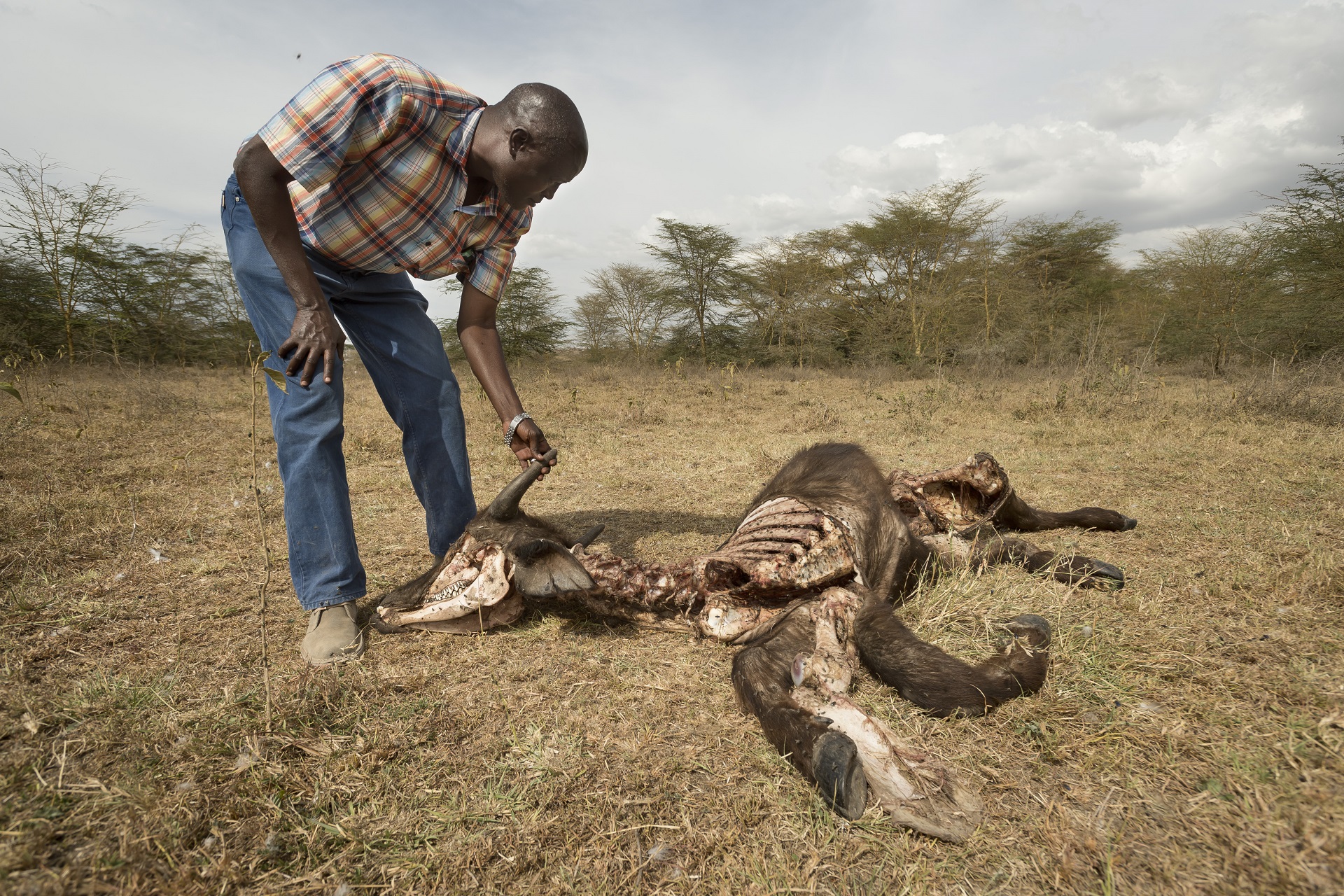
What DNA in droppings can reveal about an animal’s diet
Imagine scanning lion dung or a mouse dropping and instantly knowing exactly what and how much the animal has eaten. Thanks to new DNA techniques, this is becoming increasingly feasible. PhD student Kevin Groen tested how effective these techniques are at unraveling the diets of wild animals.
‘Knowing an animal's diet is crucial for understanding its role in nature,’ explains biologist Kevin Groen. ‘Nature is like a puzzle, where every piece fits into another. When an animal disappears, it can create problems for plants or animals that depend on it. By knowing what animals eat, we better understand their place in the ecosystem and how they affect each other.’
The shortcomings of traditional methods
Until recently, an animal’s diet was mainly studied by analysing its stomach contents or droppings. These traditional methods are time-consuming and require a lot of expertise. ‘We typically look for hairs, seeds, or bones,’ says Groen. However, these methods are not always reliable. ‘For animals without bones or hair, like mollusks or reptiles, there’s often little left in the droppings. Plus, you have to kill the animal to examine its stomach contents.’
'For animals without bones, like mollusks, there's often little left in the droppings.'
Observing animals in the wild offers an alternative, but this too is time-consuming and has its limits. ‘For instance, when animals hide or are only active at night. That’s why I wanted to investigate whether genetic analysis could offer a solution,’ Groen says.
Genetic code in animal droppings
The idea behind these methods is simple: when an animal eats something, you should be able to find the DNA of those plants or animals in its digestive tract and droppings. By comparing the found DNA to a database, you can determine what the animal has eaten. These methods have only recently become possible since it was in 2004 that we gained the ability to read the genetic codes of multiple DNA strands simultaneously.
What an animal eat versus how much it eats
Groen investigated the potential of quantitative and qualitative DNA analysis. 'With quantitative DNA analysis, we can measure how much of a particular food source an animal has eaten,' he explains. 'In qualitative DNA analysis, we look at everything an animal has eaten, with the result being a list of species, including all the plant and animal species we find.'
How much seeds does a wood mouse eat?
It’s useful to know how much of a particular species an animal eats, especially if you want to figure out how dependent it is on specific plants or prey. ‘Or, in my case, to understand how much pesticide a wood mouse is exposed to through the onion and carrot seeds they eat. We tested whether we could use genetic analysis to determine this.’
'What a mouse eats doesn't necessarily have to match what comes out.'
In a lab study, Groen gave mice between zero and twenty seeds, then analysed if there was a correlation between the number of seeds and the amount of DNA in their droppings. It doesn’t necessarily have to match exactly, he explains. ‘Once an animal eats something, it goes through the digestive system, where the DNA is randomly broken down. So, what goes in doesn’t necessarily come out in the same form.’

More seeds, more DNA in the droppings
But indeed, Groen found more DNA in the droppings of mice that ate more seeds. ‘This effect was visible up to ten seeds; after that, the amount of DNA didn’t increase further.’ Once this relationship is established, it can be used to determine how many seeds wild mice have eaten. ‘We tried this, and found that seventeen mice ate an average of one seed each. This kind of analysis is nearly impossible with traditional methods,’ Groen adds.
The eating habits of Kenyan lions
In addition to mice, Groen also focused on animals higher up the food chain: Kenyan lions. Together with his colleagues, he investigated whether DNA methods could also determine everything an animal eats. Lion scats proved useful, though sometimes prey was detected that lions likely don’t eat. ‘We found quite a bit of DNA from other carnivores, which is highly unlikely,’ says Groen. This DNA probably ends up in the scats when carnivores mark their territory, contaminating the samples. ‘For now, traditional methods are still needed to avoid these kinds of errors.’
-

Gert-Jan Goeminne, a former master's student conducting research with Kevin Groen, is taking a DNA sample from a lion's scat: Taco van der Eb -

Lion and hyenas in one of the Kenyan wildlife parks. Image: Taco van der Eb -

Kevin Groen (left) and two colleagues in action. Image: Taco van der Eb -

Lion expert Francis Lesilau investigates a carcass for lion tracks. Image: Taco van der Eb
Unraveling the full menu with one sample?
‘The ideal scenario would be to combine quantitative and qualitative methods, so we can determine both what and how much an animal has eaten from a single sample.’ Groen is optimistic: ‘I think this will become increasingly possible as DNA techniques develop rapidly. This is great because the better we understand an animal’s diet, the better we can protect them and their ecosystems.’
PhD Defense
Kevin Groen defended his dissertation titled 'What’s in the diet? DNA-based analysis for qualitative and quantitative assessment of animal diet' on at the Academy Building in Leiden. His supervisors were Peter van Bodegom and Krijn Trimbos.
